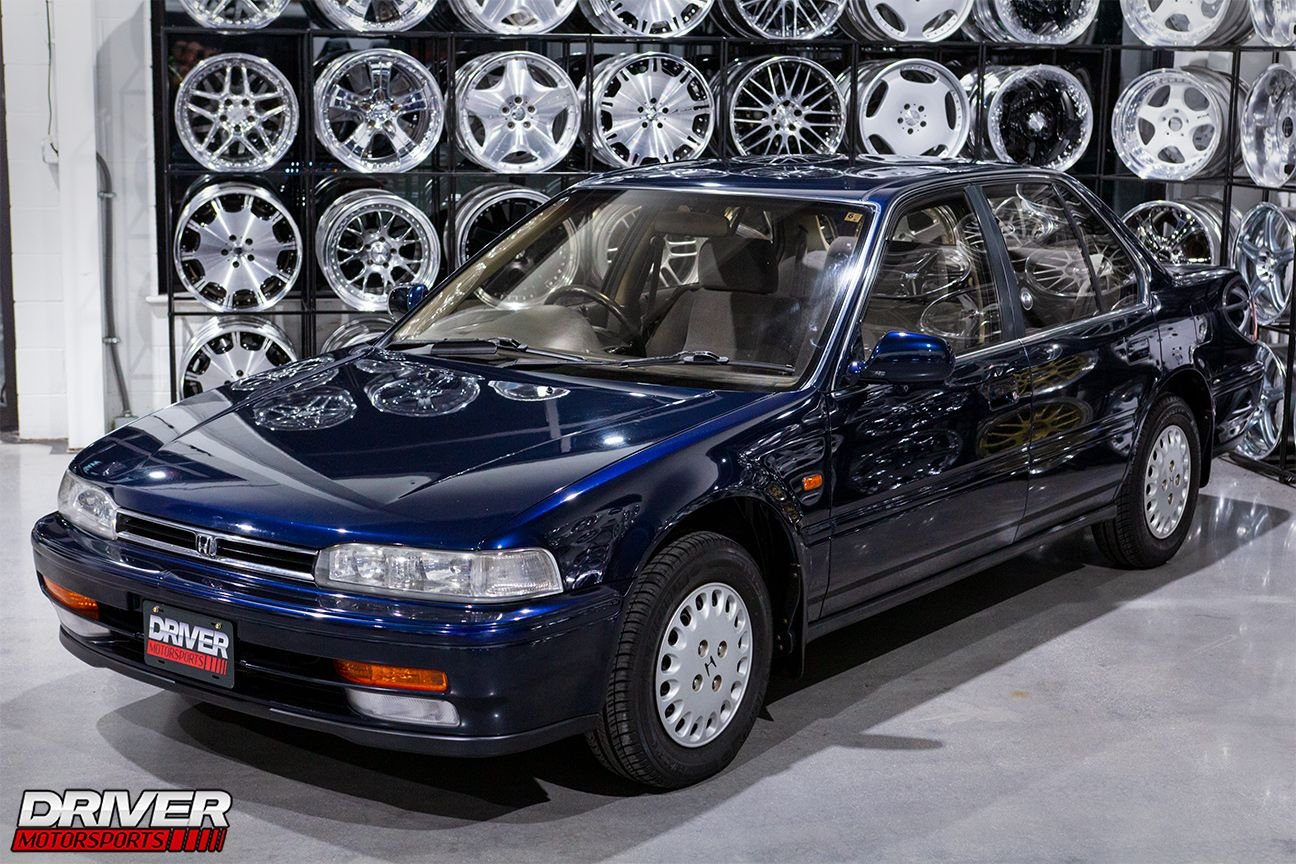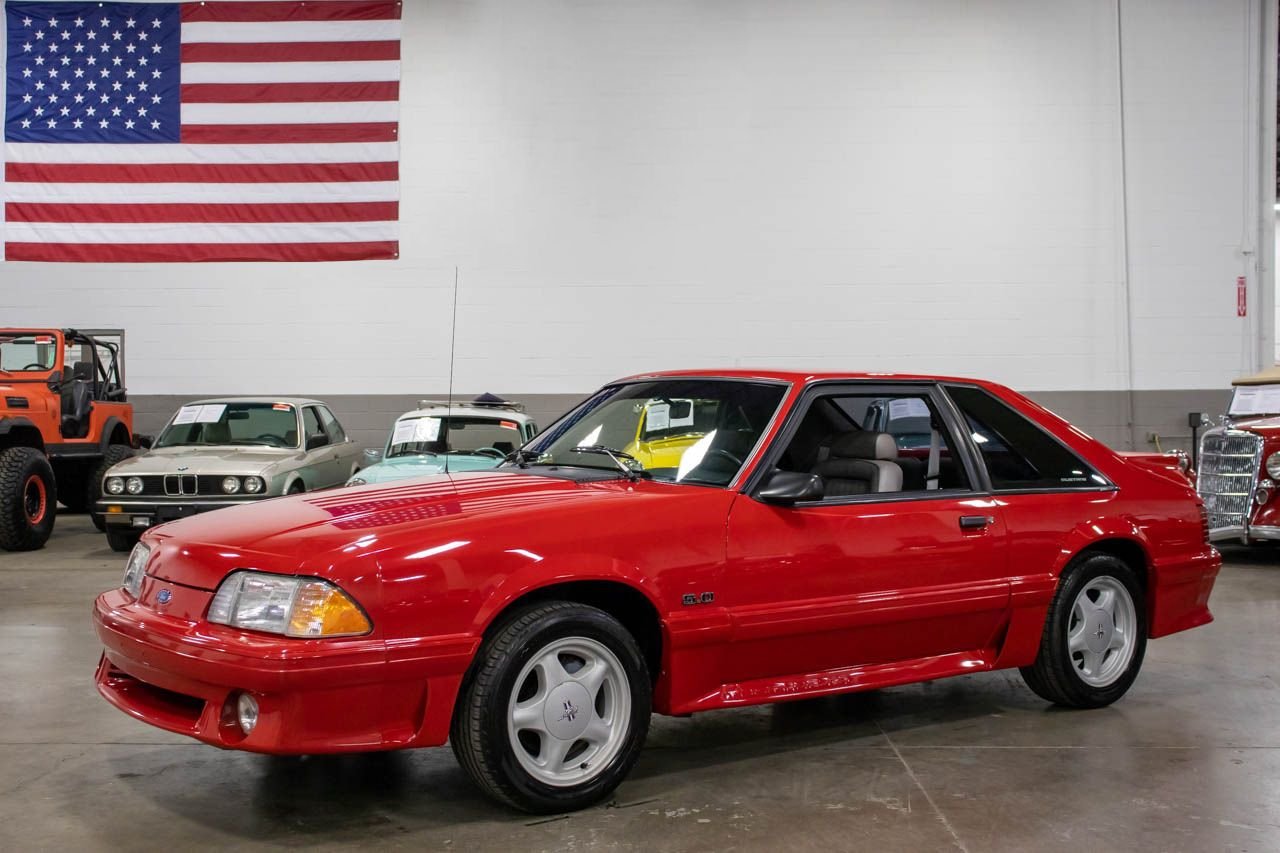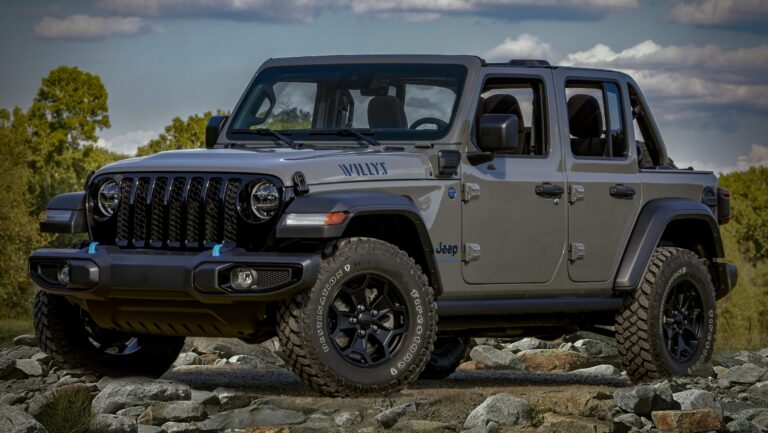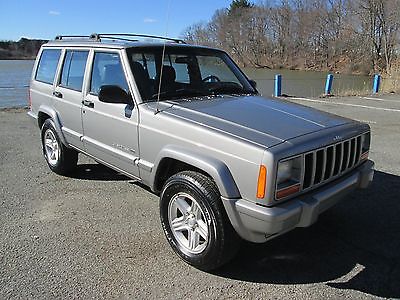1992 Jeep Comanche For Sale: A Deep Dive into a Cult Classic Pickup
1992 Jeep Comanche For Sale: A Deep Dive into a Cult Classic Pickup /jeeps.truckstrend.com
In the annals of automotive history, few vehicles blend rugged utility with a unique sense of identity quite like the Jeep Comanche. And among its lineage, the 1992 Jeep Comanche For Sale holds a special, almost revered status. As the final production year for this distinctive pickup, the 1992 model represents the culmination of a bold experiment by Jeep to combine the popular XJ Cherokee’s unibody front end with a traditional pickup bed. For enthusiasts, collectors, and those simply seeking a tough, characterful truck, finding a 1992 Comanche for sale isn’t just about acquiring a vehicle; it’s about owning a piece of automotive history, a testament to American ingenuity, and a platform for adventure.
This comprehensive guide will navigate the intricacies of the 1992 Jeep Comanche, from its enduring appeal and key features to critical buying considerations, market valuation, and what to expect from ownership. Whether you’re a seasoned Jeeper or a curious newcomer, understanding what makes the 1992 Comanche so special is the first step toward finding your perfect example.
1992 Jeep Comanche For Sale: A Deep Dive into a Cult Classic Pickup
The Enduring Appeal of the 1992 Jeep Comanche
The Jeep Comanche, internally known as the MJ, was produced from 1986 to 1992. It emerged during a time when compact pickups were booming, but Jeep aimed for something different. Instead of a body-on-frame design typical of pickups, the Comanche adopted the unibody chassis of the popular Cherokee (XJ) for its front half, integrating a traditional steel bed onto the rear. This unique construction offered a smoother ride and better handling than many of its competitors, while still providing impressive payload capacity and legendary Jeep off-road capability.
The 1992 model year is particularly significant because it was the last. By this point, Jeep had refined the Comanche, primarily offering it with the revered 4.0-liter High Output (HO) inline-six engine. This engine, known for its robust power, torque, and near-indestructible reliability, cemented the Comanche’s reputation as a workhorse capable of tackling both daily chores and challenging trails. Its relatively low production numbers, combined with the 4.0L HO engine and its final-year status, have elevated the 1992 Comanche to a cult classic, highly sought after by those who appreciate its unique blend of Cherokee comfort and truck utility. It’s not just a pickup; it’s a Jeep pickup, inheriting all the brand’s rugged DNA.
Key Features and Specifications of the 1992 Comanche
Understanding the core attributes of the 1992 Comanche is crucial for any prospective buyer.
- Engine: The star of the show for the 1992 model year was primarily the 4.0L High Output (HO) Inline-Six engine. This engine, pumping out 190 horsepower and 225 lb-ft of torque, offered excellent performance for its class and remains one of the most beloved and durable engines ever produced by Jeep. While earlier models offered smaller engines, the 4.0L HO dominated the final year’s offerings, making it the most common and desirable powerplant.
- Transmission: Buyers could choose between a 5-speed manual transmission (typically the Aisin AX-15) for direct engagement or a 4-speed automatic transmission (Chrysler AW4), both known for their durability when properly maintained.
- Drivetrain: The Comanche was available in both 2-wheel drive (2WD) and 4-wheel drive (4WD) configurations. For 4WD models, the most common transfer cases were the Command-Trac (NP231) for part-time 4WD, and less commonly, the Selec-Trac (NP242) which offered full-time 4WD capability.
- Bed Lengths: The Comanche offered versatility with two bed lengths: a 6-foot (short box) and a 7-foot (long box). The long box versions are rarer and often command a premium due to their increased utility.
- Trim Levels: By 1992, trim levels might have been less distinct than earlier years, but common designations included the SporTruck (basic work truck), Pioneer (mid-range), and the more upscale Eliminator (sporty appearance package with unique decals and features). The Laredo trim, common on Cherokees, also had a Comanche counterpart. Features varied widely between trims, from basic vinyl interiors to more comfortable cloth seats and power accessories.
- Payload and Towing: Depending on configuration, the 1992 Comanche could offer impressive payload capacities (up to 2,205 lbs) and towing capabilities (up to 5,000 lbs with the 4.0L engine), making it a true utility vehicle.
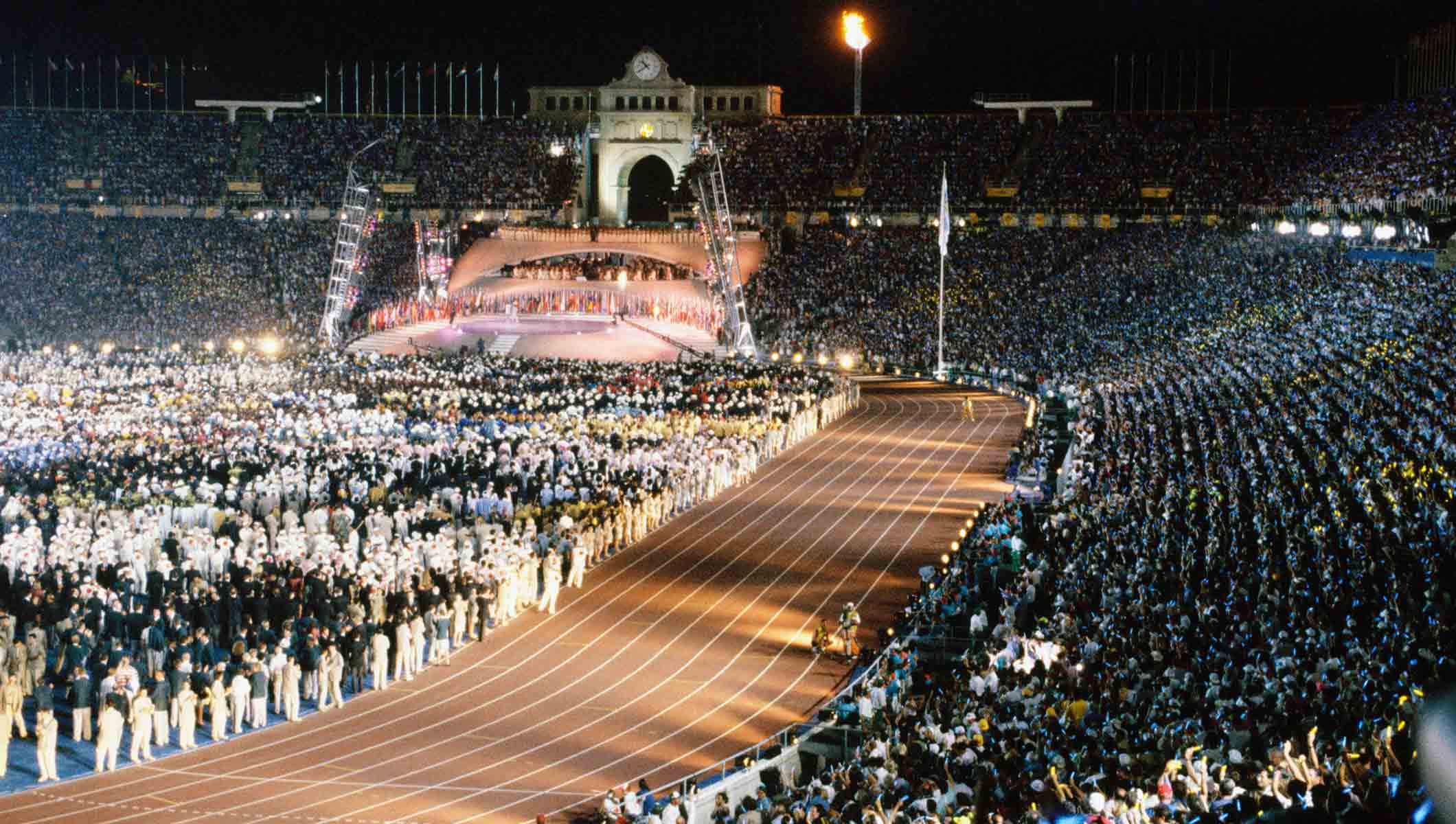
What to Look For When Buying a 1992 Jeep Comanche
Purchasing an older vehicle, especially a truck known for its rugged use, requires a thorough inspection. Here’s a checklist for evaluating a 1992 Jeep Comanche for sale:

- Rust, Rust, Rust: This is the Comanche’s Achilles’ heel.
- Frame Rails: Inspect the entire length, especially near the rear leaf spring mounts and where the unibody transitions to the frame.
- Floorboards and Rocker Panels: Check inside the cabin and along the sides for rot.
- Bed: Look for rust in the bed floor, wheel wells, and tailgate.
- Fenders and Doors: Pay attention to the lower sections and wheel arches.
- Subframe/Unibody Mounts: Critical for structural integrity.
- Engine Condition (4.0L HO): While robust, look for:
- Oil Leaks: Common around the valve cover, oil pan, and rear main seal.
- Cooling System: Check radiator, hoses, and water pump for leaks or signs of neglect. Overheating can be an issue.
- Strange Noises: Listen for knocking, ticking, or excessive valve train noise.
- Maintenance History: Ask for records of oil changes, tune-ups, and coolant flushes.
- Transmission and Drivetrain:
- Manual: Smooth shifts, no grinding, clutch engagement.
- Automatic: Smooth shifts, no slipping or hard jerks. Check fluid color and smell.
- 4WD System: Engage 4WD (high and low range) and listen for unusual noises. Check transfer case for leaks.
- Axles: Look for differential leaks, worn U-joints, and play in the driveshafts.
- Suspension and Steering:
- Worn Components: Ball joints, tie rod ends, control arm bushings, leaf springs, and shocks.
- Steering Play: Excessive looseness in the steering wheel indicates worn steering box or linkage components.
- Alignment: Uneven tire wear suggests alignment issues or worn components.
- Electrical System: Test all lights, gauges, power windows (if equipped), HVAC, and radio. Older wiring can be brittle.
- Interior: Assess the condition of seats, dashboard (prone to cracking), headliner, and door panels. These are expensive to restore.
- Paperwork: Ensure the title is clean and matches the VIN on the vehicle. Look for service records if available.
- Aftermarket Modifications: Be wary of poorly executed lifts, engine swaps, or electrical modifications. High-quality mods can add value; shoddy ones can be a headache.
Where to Find a 1992 Jeep Comanche For Sale
Finding the right 1992 Comanche requires patience and a multi-pronged approach:
- Online Marketplaces:
- eBay Motors & Bring a Trailer: Often feature higher-quality, well-documented, or restored examples, which can command higher prices.
- Craigslist & Facebook Marketplace: Excellent for finding local, often more affordable "project" or "driver" quality vehicles directly from owners. Be prepared for a wider range of conditions.
- Cars.com, Autotrader, ClassicCars.com: Can list Comanches from private sellers or smaller dealerships.
- Specialized Forums & Enthusiast Groups:
- Jeep Comanche Club (ComancheClub.com): A vibrant community with dedicated "For Sale" sections. This is often the best place to find well-maintained examples from knowledgeable owners.
- Facebook Groups: Numerous groups dedicated to Jeep Comanche and XJ Cherokee owners often have members selling their vehicles.
- Classic Car Dealerships: Some dealerships specializing in vintage or classic trucks might have a Comanche, though they are less common than other classic pickups.
- Auctions: Live or online auto auctions can sometimes yield a Comanche, but be cautious as you often have limited inspection time.
- Word-of-Mouth: Let friends, family, and local mechanics know you’re looking. Sometimes the best deals aren’t advertised widely.
Understanding Valuation: Pricing a 1992 Jeep Comanche
The price of a 1992 Jeep Comanche varies wildly based on several factors. There’s no fixed price, but understanding the market is key.
- Condition is King: A rust-free, well-maintained, low-mileage example will fetch a significantly higher price than a rusty project truck.
- Engine & Drivetrain: The 4.0L HO engine with 4WD and a manual transmission is generally the most desirable and commands a premium.
- Bed Length: Long box models are rarer and often more expensive.
- Trim Level: While less impactful than condition, an original Eliminator in good shape might be more sought after.
- Location: Prices can fluctuate regionally based on demand and supply.
- Originality vs. Modifications: An unmolested, original Comanche might appeal more to collectors, while tastefully modified trucks (e.g., sensible lift, upgraded components) can also command good prices among off-road enthusiasts.
- Documentation: Comprehensive service records and ownership history add value.
Representative Price Table for 1992 Jeep Comanche For Sale (Estimates)
| Condition Tier | Estimated Price Range (USD) | Key Characteristics |
|---|---|---|
| Project/Parts | $1,500 – $4,000 | Significant rust, non-running or major mechanical issues, incomplete, suitable for parts or extensive restoration. |
| Driver Quality | $4,000 – $9,000 | Runs and drives, some visible rust/cosmetic flaws, needs various repairs/maintenance but usable. May require ongoing work. |
| Good Condition | $9,000 – $15,000 | Minor to no significant rust, good mechanicals, clean interior, well-maintained, presentable for daily driving or light show. |
| Excellent/Restored | $15,000 – $25,000+ | Near flawless, minimal to no rust, fully functional, potentially restored to original or better-than-new condition, low mileage. |
| Concours/Collector | $25,000 – $40,000+ | Exceptionally rare, museum-quality, perfectly restored or impeccably preserved low-mileage original. |
| Note: Prices are highly variable and depend on specific features (4.0L, 4WD, bed length), location, and market demand. These are general estimates. |
Resources like Hagerty’s Valuation Tool or NADAguides can offer broader market insights, but the best gauge is often found by observing recent sales on sites like Bring a Trailer or through active enthusiast forums.
Tips for a Successful Purchase
- Set a Realistic Budget: Not just for the purchase price, but for potential immediate repairs, maintenance, and insurance.
- Do Your Homework: Research common Comanche issues, parts availability, and typical market values for different conditions.
- Thorough Inspection: Never buy sight unseen. Inspect the vehicle in person, ideally on a lift. Bring a magnet to check for bondo over rust.
- Test Drive: Drive it both at low speeds and on the highway. Test the brakes, steering, and all gears (including 4WD).
- Pre-Purchase Inspection (PPI): If possible, have a trusted, independent mechanic (preferably one familiar with older Jeeps) perform a PPI. This small investment can save you thousands.
- Verify VIN: Ensure the VIN on the title matches the VIN on the vehicle (dashboard and door jamb).
- Negotiate: Don’t be afraid to negotiate the price, especially if you’ve found issues during your inspection.
- Patience is Key: The perfect 1992 Comanche might not appear overnight. Be patient and be prepared to travel for the right one.
Ownership Experience: Living with a 1992 Comanche
Owning a 1992 Jeep Comanche is a unique experience. It’s a blend of classic truck charm and practical utility.
- Pros:
- Reliability: The 4.0L HO engine is incredibly durable and can last for hundreds of thousands of miles with proper care.
- Off-Road Prowess: Inheriting the XJ Cherokee’s DNA, the Comanche is highly capable off-road.
- Unique Styling: It stands out in a crowd, blending classic Jeep looks with a truck bed.
- Strong Community: A large, active, and helpful community of Comanche and XJ enthusiasts exists, making it easy to find advice and camaraderie.
- Parts Availability: Many parts are shared with the ubiquitous XJ Cherokee, making maintenance and upgrades relatively straightforward.
- Cons:
- Fuel Economy: Don’t expect modern fuel efficiency; the 4.0L, while powerful, is thirsty.
- Ride Comfort: While better than some body-on-frame trucks, it’s still a truck from the early 90s, offering a utilitarian ride.
- Rust Potential: As highlighted, rust is a constant battle, especially in salt-belt regions.
- Older Technology: Expect manual windows, basic HVAC, and limited modern conveniences unless upgraded.
- Finding Unmolested Examples: Many have been modified, neglected, or succumbed to rust, making pristine examples rare.
Regular maintenance, especially addressing any rust proactively and keeping up with fluid changes, will ensure your 1992 Comanche remains a reliable and enjoyable vehicle for years to come.
Concluding Summary
The 1992 Jeep Comanche For Sale represents more than just a used pickup truck; it’s an opportunity to own a piece of Jeep’s unconventional and beloved history. Its combination of the legendary 4.0L High Output engine, the XJ Cherokee’s unibody comfort, and classic truck utility has cemented its place as a true cult classic. While finding a well-preserved example requires diligence and a keen eye for potential issues like rust, the rewards of ownership are immense. With a strong enthusiast community and readily available parts, the 1992 Comanche offers a unique and rewarding experience for those seeking a durable, capable, and undeniably cool vehicle. Approach your search with patience, thoroughness, and a clear understanding of its unique characteristics, and you’ll be well on your way to adding this iconic Jeep to your garage.
Frequently Asked Questions (FAQ) about the 1992 Jeep Comanche
Q1: Why is the 1992 Jeep Comanche so sought after?
A1: The 1992 Comanche is highly sought after primarily because it was the final production year, often equipped with the highly desirable and robust 4.0L High Output (HO) inline-six engine. Its unique unibody design (shared with the XJ Cherokee) combined with a truck bed offers a blend of comfort, capability, and classic Jeep ruggedness that is rare today. Its relatively low production numbers compared to other pickups also contribute to its collector status.
Q2: What’s the best engine for a 1992 Comanche?
A2: The 4.0L High Output (HO) inline-six engine (190 hp, 225 lb-ft torque) is widely considered the best and most desirable engine for the 1992 Comanche. It offers excellent power, torque, and legendary reliability, making it suitable for both daily driving and off-road adventures.
Q3: Are parts readily available for a 1992 Jeep Comanche?
A3: Yes, surprisingly so! A significant advantage of the Comanche is that it shares many mechanical and body parts with the incredibly popular and mass-produced Jeep Cherokee (XJ) from the same era. Engine, transmission, drivetrain, suspension, and many interior components are interchangeable, making parts relatively easy to find through auto parts stores, online retailers, and salvage yards. Specific body panels for the bed are less common but still available from specialized suppliers or donor vehicles.
Q4: What are the most common rust spots on a 1992 Comanche?
A4: Rust is the biggest enemy of the Comanche. Common rust spots include the frame rails (especially near the rear leaf spring mounts), floorboards, rocker panels, the bed floor and wheel wells, and the lower sections of the fenders and doors. A thorough inspection for rust is paramount.
Q5: Can a 1992 Jeep Comanche be a daily driver?
A5: Yes, absolutely. With a properly maintained 4.0L HO engine, a 1992 Comanche can be a reliable daily driver. However, be prepared for lower fuel economy compared to modern vehicles, a more utilitarian ride, and the need for regular maintenance typical of a 30-year-old vehicle. Its robust nature and parts availability make it a feasible option for regular use.
Q6: How much should I expect to pay for insurance on a 1992 Comanche?
A6: Insurance costs vary widely based on your location, driving record, chosen coverage (liability vs. comprehensive), and the specific insurance company. As an older vehicle, comprehensive coverage might be more affordable than for a new truck. Some owners might opt for classic car insurance if the vehicle is in excellent condition and driven infrequently, which can sometimes be cheaper. It’s best to get quotes from several providers.
Q7: Is a 2WD or 4WD 1992 Comanche more desirable?
A7: Generally, 4WD models are more desirable and command higher prices due to their enhanced off-road capability and versatility. However, 2WD models can still be excellent work trucks or daily drivers, often found at a lower price point. The choice depends on your intended use and priorities.

